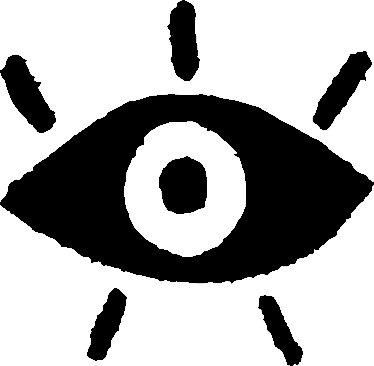Thesis
2020 OCADU Illustration Thesis.
My thesis defines invisible chronic illness and disability by visually displaying the effects, compared to unseen issues in the home. Outside of managing the physical and mental health issues associated with invisible chronic illness, one of the biggest struggles is dealing with the lack of understanding from abled people. As able bodied people make up the majority of the population, lack of understanding can lead to lack of accommodations, and even doubt or offensive comments from those who do not believe an illness can exist without visible symptoms. Visually representing the effects of these illnesses through a comparison to unseen issues in the home allows me the opportunity to dispel this doubt, as the comparison provides something familiar as a reference through which to understand the unfamiliar. Most homeowners are aware that there can be subtle or unseen issues they should be looking out for that may make their home unsafe or even unliveable. In the instances I am addressing, making sure to look deeper into the home rather than rely on initial surface judgements may save a person money, or in more extreme cases from health issues, injury, or death. With my thesis I am asking that the viewers utilize this same attention and care with the people in their lives that may be suffering from invisible illness, as accommodations and understanding can make all the difference in a person’s life.
Asthma / Radon Gas
Asthma is a chronic condition where a person’s airways constrict and swell, as well as produce extra mucus. This can cause difficulty breathing, triggering coughing, wheezing, chest pain, and shortness of breath. Radon is a radioactive gas that is invisible and odourless. It is naturally occurring and typically releases from the ground into the air outside where it is diluted, but if contained in a home and inhaled it can cause various health issues including lung cancer. The typical early signs of Radon poisoning are coughing, wheezing, chest pain, and shortness of breath.
Osteogenesis Imperfecta / Foundational Cracking
Osteogenesis Imperfecta, also known as brittle bone disease, is a group of genetic disorders in which the affected have a defect in their production of collagen, resulting in bones that easily break. There are nineteen types of Osteogenesis Imperfecta, which vary in severity from mild cases of only several broken bones throughout life, to life-threatening cases in which fractures can occur even before birth. Foundational cracking is a sign that your home has a faulty foundation, and might be a precursor to collapse.
Hyperhidrosis / Ice Dams
Hyperhidrosis is a condition characterized by an excess of sweating beyond what is normal for temperature regulation. Though primarily a physical burden, it also causes lower quality of life from a psychological, emotional, and social perspective. An ice dam is a collection of ice that forms at the edge of a roof, which prevents melting snow from draining off the roof. The water that backs up behind the dam can leak into a home, and cause damage inside.
Multiple Sclerosis / Faulty Wiring
Multiple Sclerosis is an autoimmune disease in which the immune system attacks the protective sheath of the nerve fibers, and causes communication problems between the brain and the body. Electrical wiring can be extremely dangerous if it is faulty, causing issues like electrocution, blackouts, and fires.
Cystic Fibrosis / Water Damage
Cystic Fibrosis is a genetic disorder in which the lungs and other organs fill up with fluid, and are susceptible to infection. Water damage can result in structural issues and hazards in the home, such as unsound walls and growth of mould.
Lupus / Wood Rot
Lupus is an autoimmune disease in which the body’s immune system attacks its own healthy tissues and organs. It is difficult to diagnose due to the signs and symptoms closely resembling other ailments, depending on the tissue or organ affected. Wood rot or decay is caused by the combination of moisture and fungi, it is one of the hardest issues in a home to locate, and can be devastatingly dangerous. By the time rot becomes visible it is likely to have already done a vast amount of damage.






